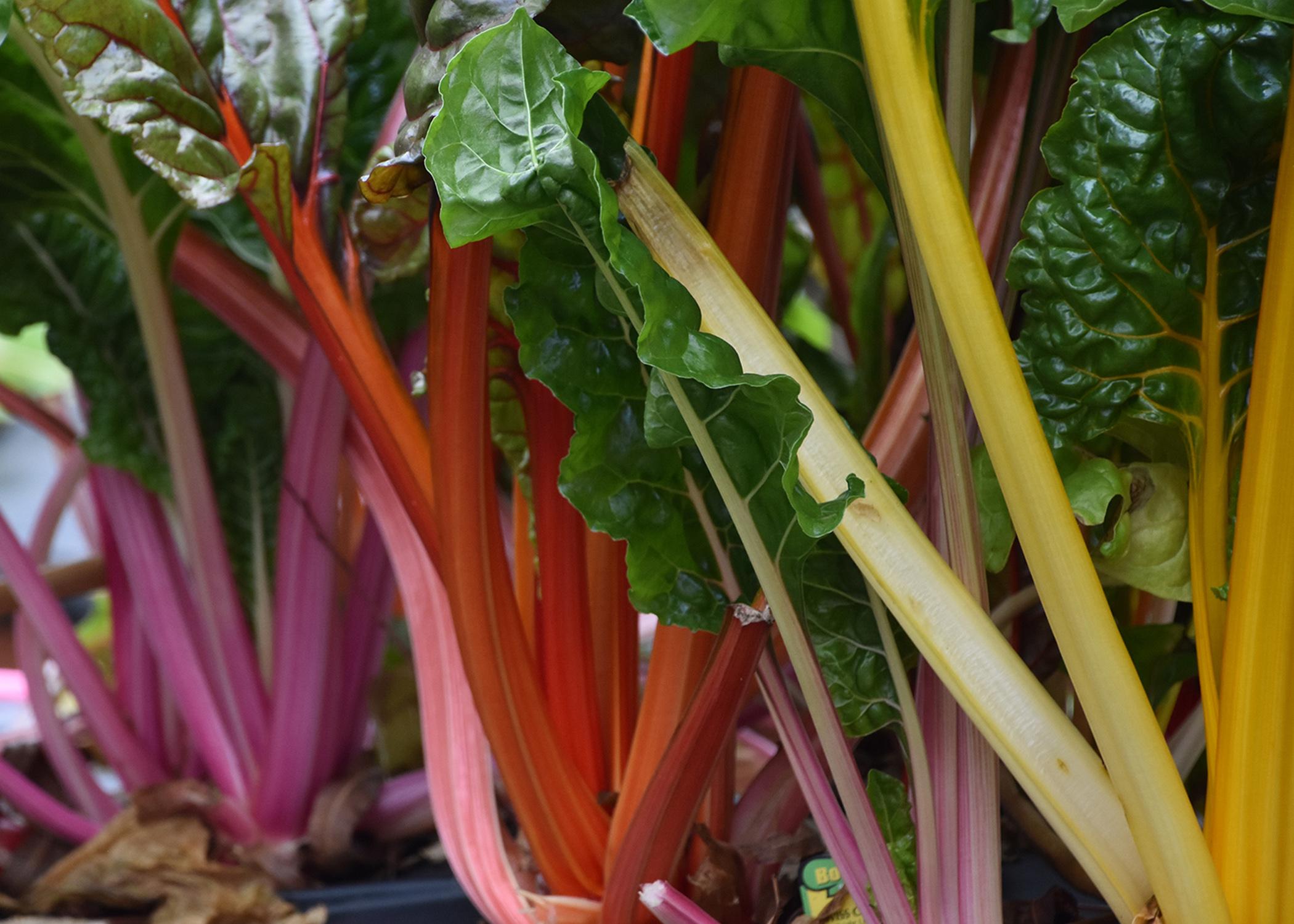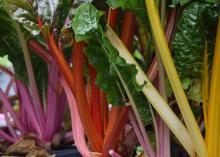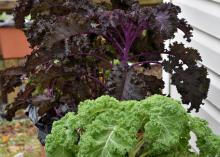Information Possibly Outdated
The information presented on this page was originally released on December 9, 2019. It may not be outdated, but please search our site for more current information. If you plan to quote or reference this information in a publication, please check with the Extension specialist or author before proceeding.
Cool-season veggies are good in gardens, meals
Winter is finally here, whether you go by the meteorological date of Dec.1 or the upcoming astrological date of Dec. 21. To me, it means that I’m going to enjoy the freshly harvested cool-season greens from my little urban farm.
I really love growing our favorite cool-season greens in my garden for a variety of reasons. First and most importantly, I know where and how they were grown. It seems like every couple of months, there is a nationwide recall of some type of lettuce, and most of the time, it is of my favorite, romaine.
Second, since I grow almost all my own transplants, I can grow exactly the varieties my family likes to eat. So, let me tell you about two of my all-time favorites: Swiss chard and kale.
One of the prettiest cool-season greens is Swiss chard, which is closely related to the beet. I like the consistent variety Bright Lights. It has bright-green leaves with stems in a mix of stunning colors from gold, pink, orange, red and purple, with many variations.
These plants are perfect for the ornamental vegetable garden. Leaves are produced from the center of the plant, so the larger outer leaves are harvested first. I like to put them in soup. The baby leaves, with their unique taste, can be used raw in salads for a pop of color.
My favorite Kale varieties are Winterbor, Redbor and Starbor. They are also very ornamental. Kale needs consistent soil moisture and grows well in containers, which make it perfect for my style of gardening. These plants are robust growers, so they require good nutrition through the growing season.
Some gardeners don’t like the flavor of kale, but I suggest you try chopping up this super food and adding it to chicken soup. Talk about a one-two punch during cold and flu season!
The leaves of these varieties have very crinkly edges. This feature is important because my family absolutely loves fresh kale chips, a fact I share with gardeners all the time. The crinkly edges get extra crispy for that chip experience, plus they’re good for you.
I’m often asked in the winter for my kale chip recipe, so here it is.
Preheat the oven to 260 degrees. As ovens differ in performance, you may have to adjust temperature and times to get the kale chips exactly how you like them.
Select the kale of your choice. I like the fringed varieties, as they seem to get crispier. Trim the thick mid rib out, as it will never get crispy.
Lightly coat the leaves with extra-virgin olive oil and sprinkle with sea salt. Himalayan Pink salt is my favorite. Spread the kale out into a single layer on a cookie sheet. You can use a layer of parchment or silicone baking mat.
Place the sheet in the oven for about 20 minutes. Mix the kale around, and put it back in the oven with the heat turned off. Leave the kale in the oven for another 15 minutes.
My daughter recently shared with me how she makes kale chips in an air fryer. This is now my favorite method. The kale prep is the same as before, but then you air fry it at 275 degrees for 15 minutes and you’re done.
Both Swiss chard and kale grow well in containers, so even if you only have a patio, porch or balcony, you can grow some cool-season deliciousness this year.




